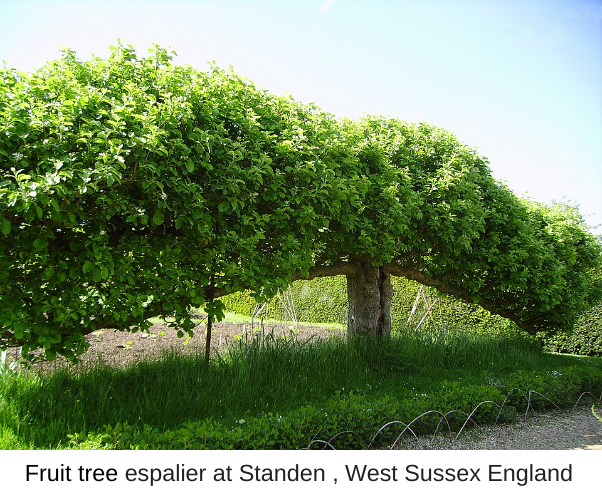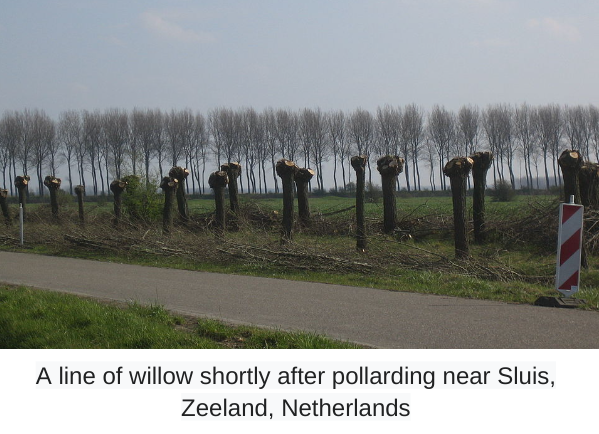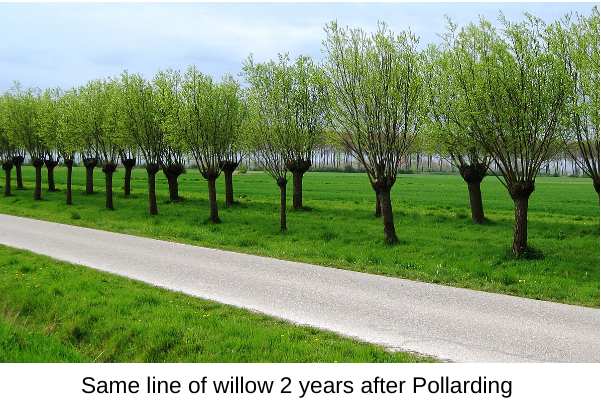7 Essential Pruning Techniques You Must Know
- Ofer Chertkoff
- Jan 30, 2024
- 4 min read
Updated: Feb 3, 2024
The most important thing to remember when pruning the trees around your land as part of winter preservation is that the main goal is for the sun's rays to reach all the new buds, so we will prune with the aim of ventilating the tree (especially from the south angle since the sun appears lower in the sky during winter) to give space for the fruits to grow.
Make sure to design it in a comfortable way so you will be able to reach the future fruits easily, so keep the tree at a height that does not require a high ladder or special pruning tools. However, don’t forget there are trees that we want to grow tall and be part of the canopy such as Pecan and chestnuts, creating a shade-canopy for the vegetation below and helps to capture sunlight. These types of trees will be pruned only to strengthen them and to encourage them to grow
Table of content
There are 7 main pruning methods, each fulfilling a different purpose:
Thinning

How is it done? Thinning involves selectively removing entire small diameter branches or stems (usually 2 - 6 cm) at their point of origin. This technique reduces the density of the plant, allowing more sunlight penetration, improving air circulation, and promoting overall plant health. Thinning can also refer to the act of reducing the amount of flowers at blooming in young trees to let them focus in growth or in trees where thinning is important to allow less competition for space and sun's rays for the remaining flowers that evolve to fruits. When performed correctly, thinning encourages the formation of new growth that will more readily bear fruit and flowers. Appropriately thinned trees may not look like they were pruned.
What for? Thinning is often used in fruit trees to enhance fruit quality by increasing growth space, reducing disease risk, and opening up the canopy.
2. Heading back
How is it done? Heading back entails cutting back the tips of branches to stimulate branching and bushier growth. It's often used to control the size of a plant, encourage denser growth, or promote flowering.
What for? Commonly applied to shrubs and ornamental plants to maintain a compact shape and encourage branching.
3. Crown reduction
How is it done? Crown reduction aims to reduce the overall size of a tree by cutting back the main branches. It's done carefully to maintain the natural shape of the tree while reducing its height or spread.
What for? Used when a tree has outgrown its space or poses a risk to structures. Should be performed cautiously to avoid stressing the tree.
4. Espalier

How is it done? Espalier is a pruning technique where branches are systematically pruned and tied to a structure, to create a two-dimensional, flat plane of growth. It's used for space-saving and increasing productivity, in some trees, by letting the sunlight reach the inner parts. Apple and Pear trees are often
What for? Often used with fruit trees but can be applied to ornamental trees for decorative purposes.
5. Renewal
How is it done? Renewal pruning is a process that involves removing old, unproductive wood to encourage the growth of new vigorous shoots. It rejuvenates the plant and maintains its health. When renewing and rejuvenating a large overgrown shrub, remove 1/3 of the largest or oldest stems each year, over a 2 to 3 year period. Maintain the shrub on a yearly basis removing one or two of the largest or oldest stems
What for? Commonly used with shrubs and certain perennials that tend to become woody over time.
6. Pollarding


How is it done? Pollarding involves cutting back the main branches of a tree to create a framework of stubs. Pollarding pruning will also promote the growth of a dense head of foliage and branches. This is repeated regularly to maintain a specific size and shape.
What for? Traditionally, people pollarded trees for one of two reasons: for fodder to feed livestock or for wood. trees prune at intervals of two to six years so their leafy material would be most abundant as "pollard hay" for livestock feed.
7. Dead heading
How is it done? Deadheading is not really a winter-time pruning technique, and is more suitable for the fall and throughout the spring flowering period, but we found it worth mentioning. Deadheading is a simple act of removing spent or faded flowers. This prevents the plant from directing energy into seed production and encourages more blooms. It's also a method to prolong the flowering period, as the following flowers after the deadheading will usually last longer than the ones who got pinched.
What for? Applied to flowering plants such as roses, annuals, and perennials. As the flower fades, simply pinch or cut off the flower stem, just between the faded flower and the first set of healthy and full leaves.
General tips for proper pruning
Use Proper Tools: use sharp, clean pruning tools to make precise cuts and reduce the risk of infection. If you have the option to sterilize your tools after finishing pruning one tree and before moving to the next one.
Prune Conservatively: Avoid removing more than 25%-30% of the tree's canopy to prevent stress. there are some techniques you should prune most of the canopy and
Consider Local Climate: It is recommended pruning during milder winter days when the temperature is not extremely low. Some regions may have milder winters, allowing for pruning throughout the season.
In conclusion
There are different techniques of pruning and each technique has its own principles. We will adapt one or more techniques to each tree depending on the type of tree, its location, its shape and what our goal is in pruning it.
In the next article we will detail more about how to prune different types of trees, there is more that is worth waiting for.






Comments